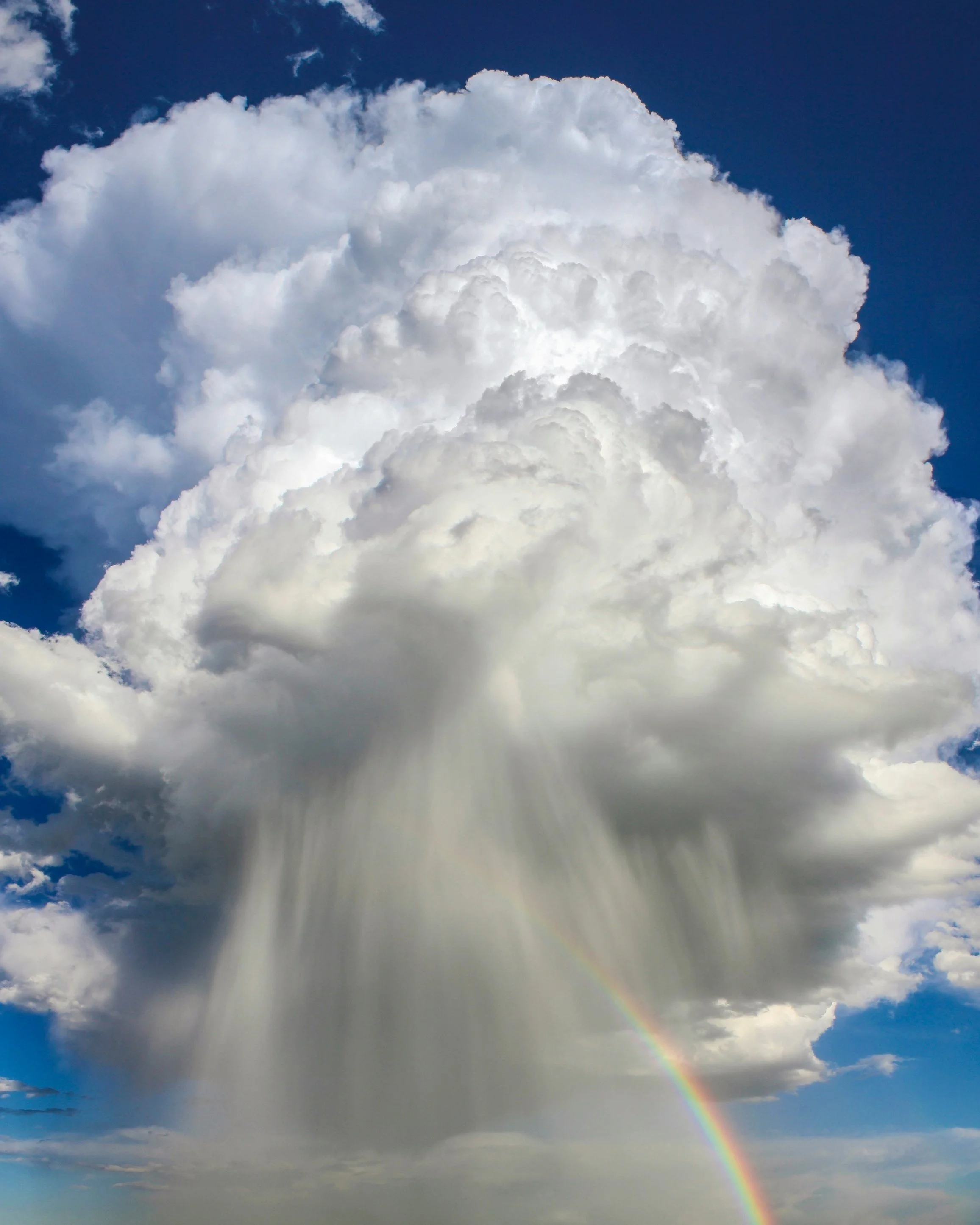
Be Ready When the Storm Hits
Your trusted guide to building the best hurricane kit—quickly, confidently, and without the stress.
Know what you need before the winds rise, the rain pours, and the power goes out.
Does your county or area have an emergency alert notification system? If so, sign up!
For example, Harris County, Texas: readyharris.org and harriscountyfws.org
And ready.gov is a geat site to bookmark too!
Protect your home, your family, and your peace of mind before the first warning hits. First, do a little homework on what to do and where to go for an evacuation route. Then, get our expert-recommended gear and stock up on essential items! Lastly, do outdoor clean-up to keep yards, drains, and gutters free of limbs, leaves, trash, and debris… move all loose items inside. Follow these steps for real peace of mind.
Top 10 Must-Haves in Every Hurricane Kit
When a hurricane is on the horizon, there's no time to waste. Having a well-stocked emergency kit can make the difference between chaos and calm. Whether you're riding out the storm at home or preparing to evacuate, these essentials will help you stay safe, connected, and ready for whatever comes next.
Storm Tracker Updates
Hurricane prep doesn’t have to be overwhelming. Our blog is here to simplify everything, from expert gear recommendations to practical tips that keep you safe before, during, and after the storm.

Real advice. No panic. Just practical help when you need it most.
When a hurricane is coming, the last thing you want to feel is unprepared.
We’ve answered the five most common questions people ask when building their kit, planning for power outages, or facing possible evacuation. Whether you’re new to storm prep or just need a refresher, this guide will help you get ready with clarity and confidence.
-
A proper hurricane kit should include everything you need to survive independently for at least 72 hours. At a minimum, this means one gallon of water per person per day, enough shelf-stable food to cover three days, a flashlight with extra batteries, a weather radio to receive updates, and a first aid kit. You’ll also want a portable power bank to keep your phone charged, important documents sealed in a waterproof pouch, and sanitation items like toilet paper, wipes, and hand sanitizer. If you have pets, babies, or medical needs, make sure your kit is customized accordingly. For a more complete list and a printable checklist, check out our full guide or try our kit builder to create a custom setup based on your household.
-
You should store at least one gallon of water per person per day, for a minimum of three days—but ideally more if space allows. This covers both drinking and basic hygiene like handwashing or brushing your teeth. For food, choose items that don’t require refrigeration, cooking, or special preparation. Canned meals, protein bars, nut butters, trail mix, and dried fruit are great options. Don’t forget to include a manual can opener and basic utensils, and if you have dietary restrictions or young children, tailor your food choices to meet those needs.
-
Power outages are almost guaranteed during a hurricane and can last anywhere from a few hours to several days. When that happens, you’ll need alternative light sources like flashlights, battery-powered lanterns, or solar lights—avoid candles, as they can pose a fire risk. Charge your power banks before the storm so you can keep your phone and small devices running, and consider investing in a solar charger if outages are frequent in your area. Battery-powered fans can provide comfort in hot, humid conditions, and coolers with ice packs can help preserve perishable food. A battery-ope
-
If there’s a chance you may need to evacuate, pack a bug-out bag in advance and keep it in an easy-to-grab spot. This should include copies of your important documents, a change of clothes, basic toiletries, food and water for three days, any essential medications, a flashlight, a portable radio, and cash in small bills. Know your local evacuation zone and have a plan for where you’ll go—whether it’s a friend’s house, a hotel inland, or an emergency shelter. Don’t wait until the last minute; if officials issue an evacuation order, leave immediately and follow designated routes.
-
Before a hurricane hits, take time to secure your home and minimize potential damage. Start by clearing gutters, drains, and downspouts to prevent flooding. Bring in or secure anything outside that could become a projectile—like patio furniture, grills, or potted plants. If possible, board up your windows or install storm shutters. Fill your gas tank, charge all electronics and power banks, and freeze containers of water to keep your fridge cooler longer if the power goes out. Finally, take photos or videos of your home and belongings—especially valuables—as documentation for any potential insurance claims. A well-prepped home can make a major difference in how quickly you recover after the storm.

